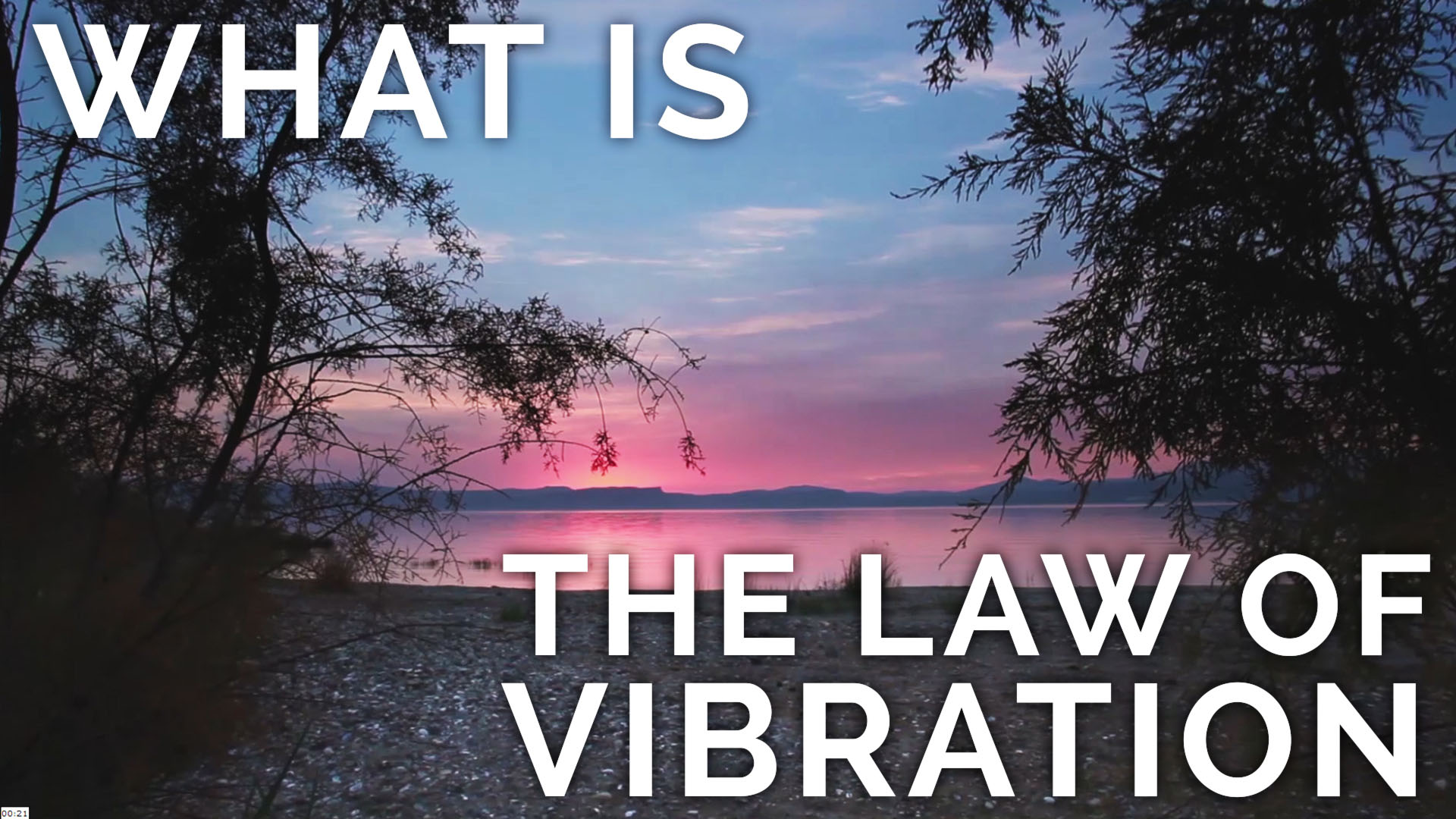The Origins of the Cigar Store Indian
Share

For a few cigar and tobacco stores, a Cigar Store Indian sits outdoor the door. While this can effortlessly be considered an undesirable stereotype on the Native American network, it’s also a part of cigar and tobacco history. As some of those wooden Indians appear inviting, luckily greeting any incoming clients, others appear shielding, as though guarding the shop against shoplifters, thieves, and No Smoking ordinances. However they seem, they appear frequently: Cigar Store Indians have become advertising icons inside the global of tobacco.
Just like candy-caned barber poles have become synonymous with barbershops, and speaking lizards have to turn out to be synonymous with automobile coverage, these timber Indians have emerged as synonymous with cigar shops, historically serving as a commercial that tells the masses in which tobacco is offered. Nowadays, the Cigar Store Indian is used much less as a shape of commercial and extra as a form of adornment, bringing size and way of life to tobacco’s colorful beyond.

How They Began
When Native Americans brought tobacco to the European populace, they adopted the function as spokespeople for the cigar enterprise, making their tradition intertwined with tobacco culture. Because of this, a visible picture of an Indian became often used to tell the masses, pretty illiterate loads, wherein they may buy tobacco.
The Seventeenth Century Europe marked the first time dealers of tobacco used a wood Indian to peddle their product. However, due to the fact, individuals who did the first carving had not truly seen a Native American, the primary timber Indians that sat on stoops of the cigar shops of Europe were often regarded to be fanciful, fictional characters. Yet, by the time the timber Indian made its manner to America, it started to tackle a far greater actual, proper look.
How They Were Carved
While a few Cigar Store Indians have been made of solid iron, most had been a product of timber. The majority of them were made using artisans or professional carvers. Using axes, chisels, and mallets on white pine, the timber figures were carved and then painted in a tapestry of folklore, fine arts, and popular culture. In addition to wood Indians, carvers also produced wood sports figures, politicians, excessive society girls, and Scotsmen.
What They Looked Like
The first timber Indians had been each male and female, permitting the seller to choose which gender they desired to help marketplace their items. When the timber Indian craze first commenced, the female wooden Indian has used 4 instances more frequently than the male wooden Indian. While girl timber Indians were now and then carved with a papoose and donned with a headdress of tobacco leaves instead of feathers, male figures were often dressed inside the conventional warbonnets (a ceremonial headdress) Plains Indians.
Present Day
The peak of the wooden Indian fad passed off within the 1800s, with a carved statue standing outside nearly each tobacco store in America. However, in a sad parallel to Native American history, the wooden Indian become regularly mistreated, broken with the aid of passers-by. Because of this, the beginning of the 1900s marked a quit to this famous form of tobacco advertising and marketing.
In the modern-day and age, with a greater amount of human beings literate, the want for a visual advertisement waned, sidewalk obstruction laws, and high manufacturing costs, the Cigar Store Indian is not as common because it once turned into. Some nevertheless do stand out of doors cigar save doors, however many others stand internal museums, representing part of tobacco records. Another motive for his or her disappearance is the sensitivity of the concern. While a few humans view a Cigar Store Indian as a stereotype, others view it as a part of cigar lore and a laudation for a collection of those who introduced the blissfulness of tobacco to an unknowing tradition.








